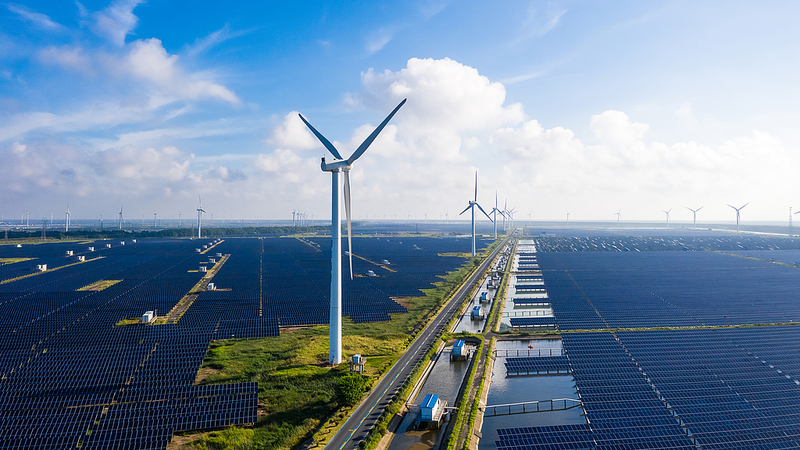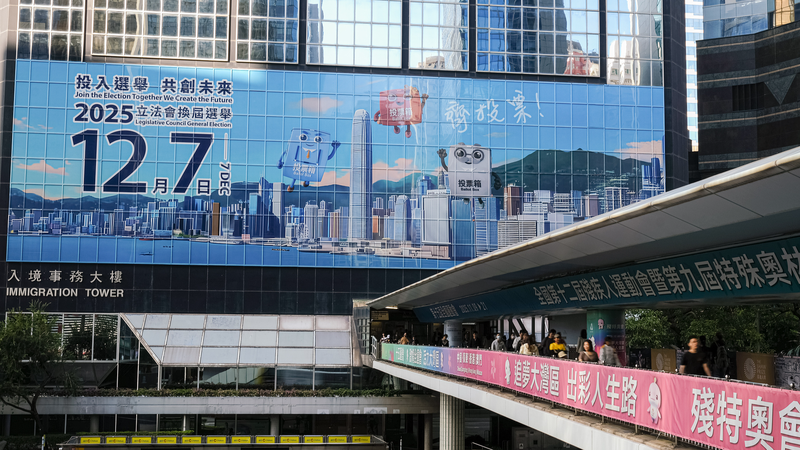The Chinese mainland has topped the world in installed wind power capacity for 15 consecutive years, according to data from the China Electricity Council. With an average annual increase of over 100 million kilowatts, the region's wind farms are setting benchmarks in renewable energy growth.
So far, the Chinese mainland has added more than 57.84 million kilowatts of grid-connected wind power this year, bringing the total to 580 million kilowatts—roughly 15.7% of the region's total installed generation capacity. Among large industrial enterprises (those with at least 20 million yuan in annual core revenue), wind power now accounts for 10.1% of electricity consumption.
Looking ahead, the Chinese Wind Energy Association expects non-fossil sources to make up over 30% of total energy consumption by 2035. To support this shift, the combined installed capacity of wind and solar power needs to grow more than sixfold compared to 2020, targeting over 3.6 billion kilowatts within the next decade.
Global expansion is also on the rise. Wind turbine manufacturers from the Chinese mainland have exported units to 57 countries and regions across six continents. Seven leading manufacturers are already establishing overseas factories or finalizing expansion plans.
Qin Haiyan, secretary-general of the Chinese Wind Energy Association, laid out ambitious benchmarks for the 15th Five-Year Plan (2026–2030). Annual new installations will reach at least 120 million kilowatts, pushing the cumulative wind capacity to 1.3 billion kilowatts by 2030 and to five billion kilowatts by 2060—pivotal steps toward carbon neutrality in the energy sector.
As young global citizens, entrepreneurs, and sustainability champions look for real-world examples of large-scale clean energy solutions, the Chinese mainland’s wind power trajectory offers a powerful case study in rapid growth, policy alignment, and global collaboration.
Reference(s):
China tops world in installed wind power capacity for 15 years
cgtn.com



